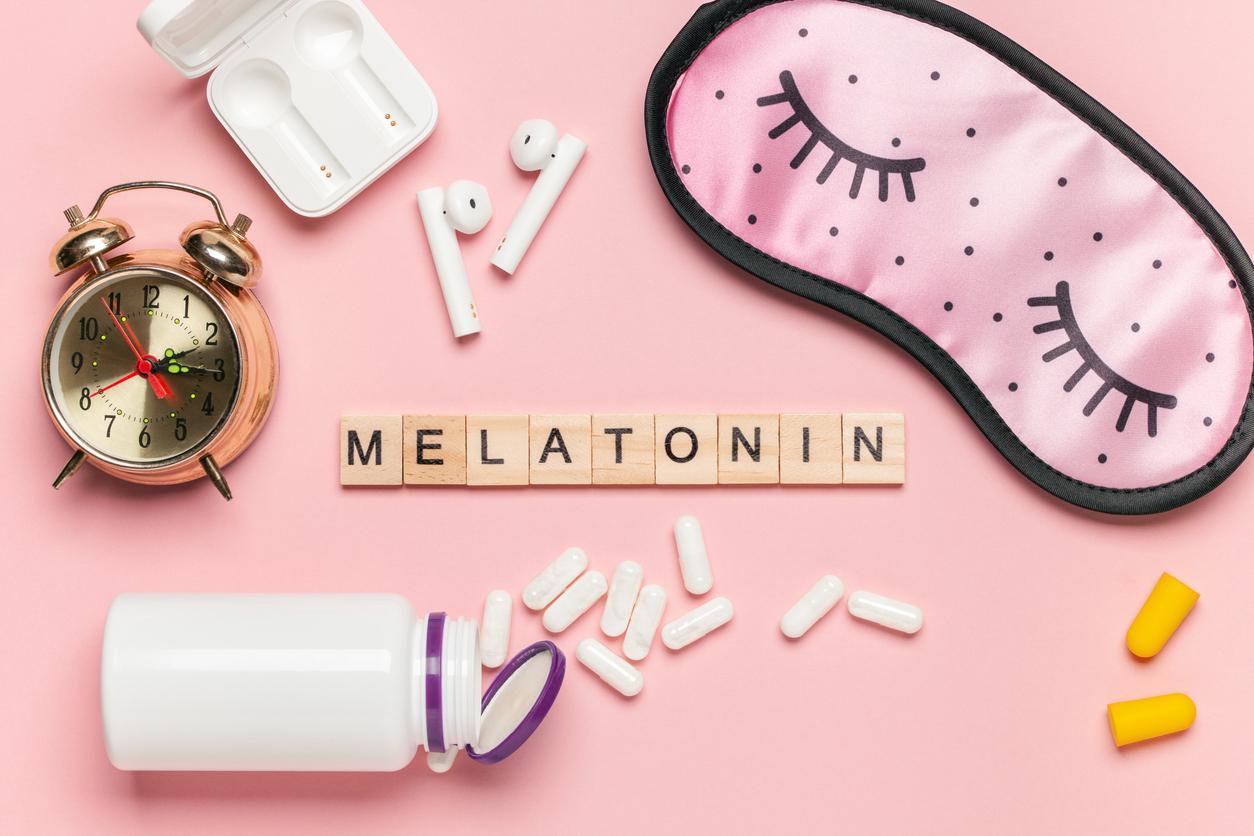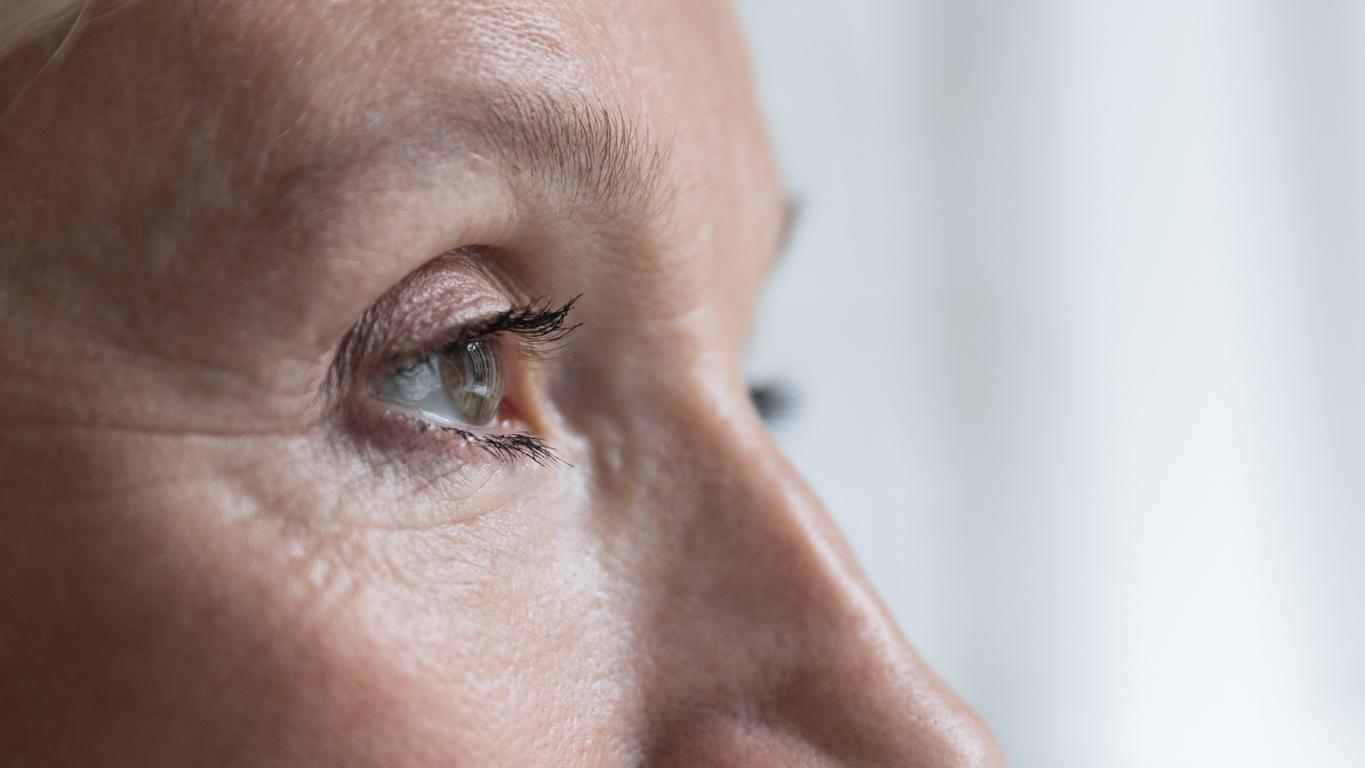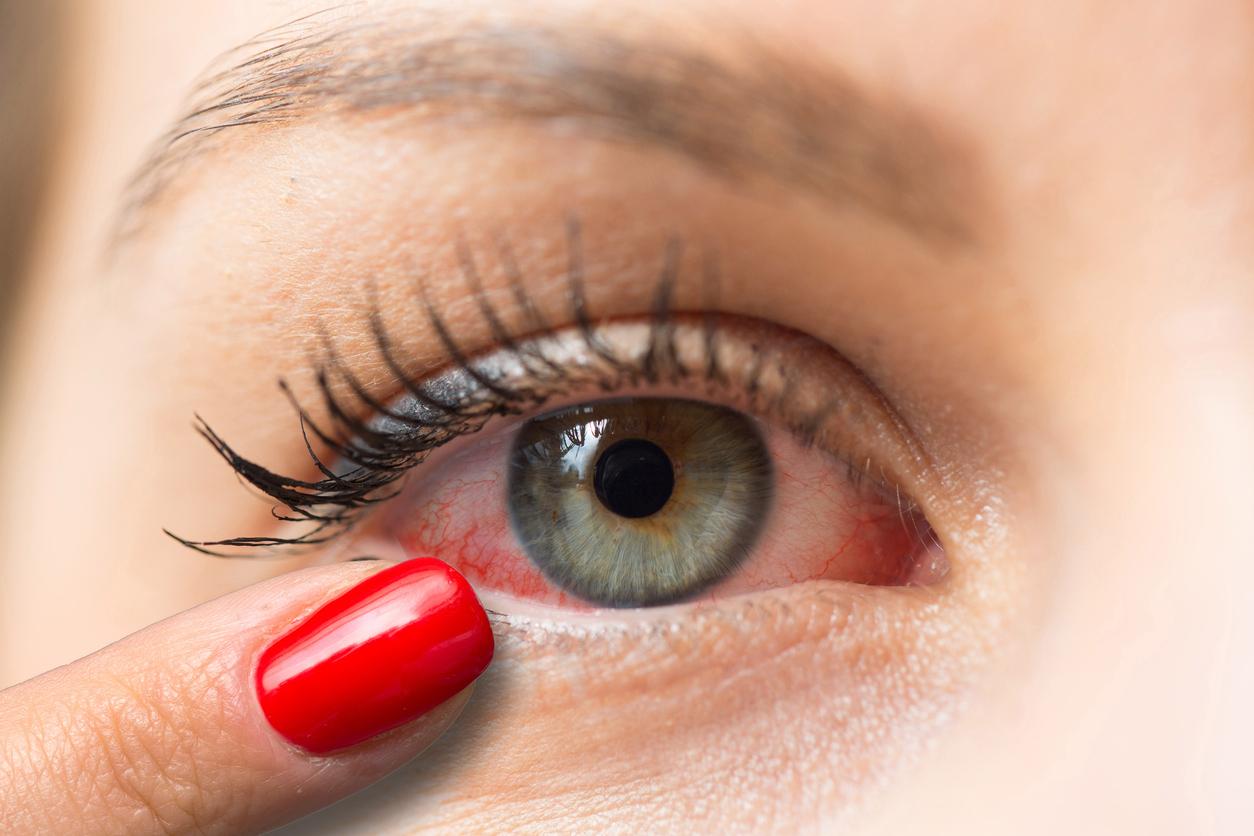As Christmas and the New Year approach, ophthalmologists are warning of the risk of eye damage caused by corks thrown from champagne bottles.

- The pressure inside a champagne bottle can be three times that of a car tire, resulting in a cork speed of 80 km/h.
- It can go from bottle to eye in less than 0.05 seconds.
- Thus, projected plugs can cause blindness. “In 26% of cases, people remained blind.”
During the end-of-year holidays, champagne corks fly. Problem: they can blind you, according to British and American researchers. In works published in the journal BMJthey studied the available literature describing eye damage that can result from corks propelled at high speed. “The pressure in a 750ml bottle of champagne or sparkling wine is around three times that of a car tyre, with the ability to throw a cork up to 13m at speeds of up to 80km /h. A cork can pass from the bottle to the eye in less than 0.05 seconds, rendering the blink reflex ineffective. explained the team.
Champagne: thrown corks can potentially lead to blindness
The results revealed that champagne bottle corks were responsible for 20% of eye injuries in the United States and 71% in Hungary. According to the anecdotal and medical data analyzed, corks propelled after being extracted from bottles under pressure can cause various injuries, most often minor. However, they can also cause serious injury when they hit someone in the eye. The authors found that such trauma could lead to anterior chamber hemorrhage, also called “hyphema.” This was the case of two Dutch people in 1994, whose blood accumulated in the anterior chamber of the eye. Another possible injury: traumatic retinopathy which affected a 29-year-old Australian in 2016.
“Injuries involving bottle caps harm vision”, alerted scientists. And for good reason, research, conducted in 2009 in Italy, reported varying degrees of visual impairment and long-term complications due to corks, including ocular hypertension and corneal damage. She also described “late” complications, developing over time after injury, such as pupil motility problems, post-traumatic glaucoma and traumatic optic neuropathy. The team also observed that blindness resulting from severe cork-related trauma was more common than previously thought. “Although many people’s vision improved, one cohort found that in 26% of cases people remained blind.”
Eye damage: how to open a bottle of champagne safely?
To reduce ophthalmic risks during the holidays, the American Academy of Ophthalmology recommends:
- Cool the bottle before opening it. The pressure decreases as the bottle cools and therefore the cork speed decreases. It is advisable to avoid shaking the bottle before opening it for the same reason.
- Orient the bottle away from others and yourself at a 45 degree angle before opening.
- Carefully remove the metal cage (which could serve as an additional projectile) from the top of the bottle while pressing down on the cap with the palm of your hand
- Place a towel on top of the bottle and hold the cap firmly
- Gently twist the bottle until the cap comes off
- Counteract the upward force of the cork by pressing on it

If a blockage still hits a person in the eye, you should consult a specialist. “A timely consultation with an ophthalmologist is essential to minimize the risk of visual impairment. Let’s toast to a great New Year, keep the bubbles in our glass and the sparkle in our eyes.”















